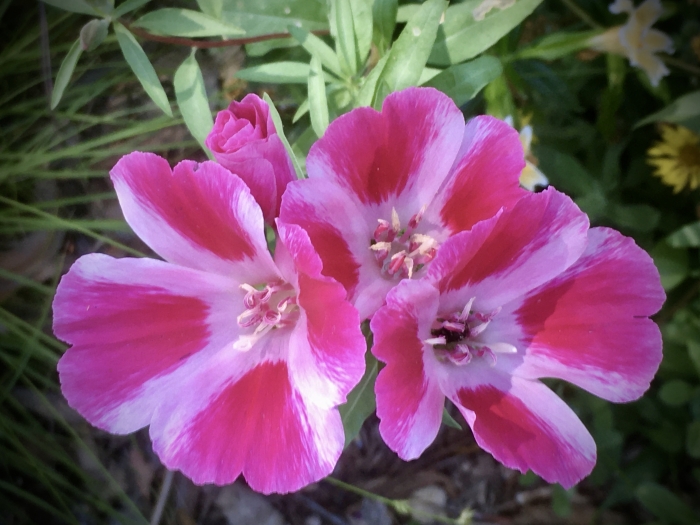Farewell To Spring
(Clarkia amoena)
Farewell To Spring (Clarkia amoena)
/
/

Peter D. Tillman from USA
CC BY-SA 2.0
















































Estimated Native Range
Summary
Farewell To Spring is valued for its vibrant and showy flowers that add a splash of color to late spring and early summer gardens. It is often used in wildflower mixes, border plantings, and as a filler in cottage gardens. This plant is relatively low maintenance, requiring full sun and medium amounts of water, and it thrives in well-drained soils. While it is not known for any popular garden cultivars, its natural form is widely appreciated. Gardeners should be aware that although it is not typically problematic, in some conditions it can self-seed prolifically, potentially becoming weedy.CC BY-SA 4.0
Plant Description
- Plant Type: Herb
- Height: 2-2.5 feet
- Width: 0.8-1 feet
- Growth Rate: Moderate
- Flower Color: Pink, Purple, Red
- Flowering Season: Spring, Summer
- Leaf Retention:
Growth Requirements
- Sun: Full Sun
- Water: Medium
- Drainage: Medium
Common Uses
Bee Garden, Bird Garden, Butterfly Garden, Deer Resistant, Drought Tolerant, Hummingbird Garden, Low Maintenance, Rock Garden, Showy Flowers
Natural Habitat
Open grasslands, chaparral, and oak woodland edges along the west coast of the United States and into British Columbia, Canada
Other Names
Common Names: Farewell-To-Spring , Godetia , Satin Flower , Satin-Flower , Clarkie Fleur-De-Satin , Fleur De Satin , Atlasblomma
Scientific Names: Clarkia amoena , Godetia hybrida , Godetia amoena var. typica , Oenothera roseo-alba , Godetia roseoalba , Godetia amoena var. pygmaea , Oenothera amoena f. bicolor , Oenothera amoena f. roseoalba , Oenothera prismatica var. amoena , Oenothera rubricunda
GBIF Accepted Name: Clarkia amoena (Lehm.) A.Nelson & J.F.Macbr.